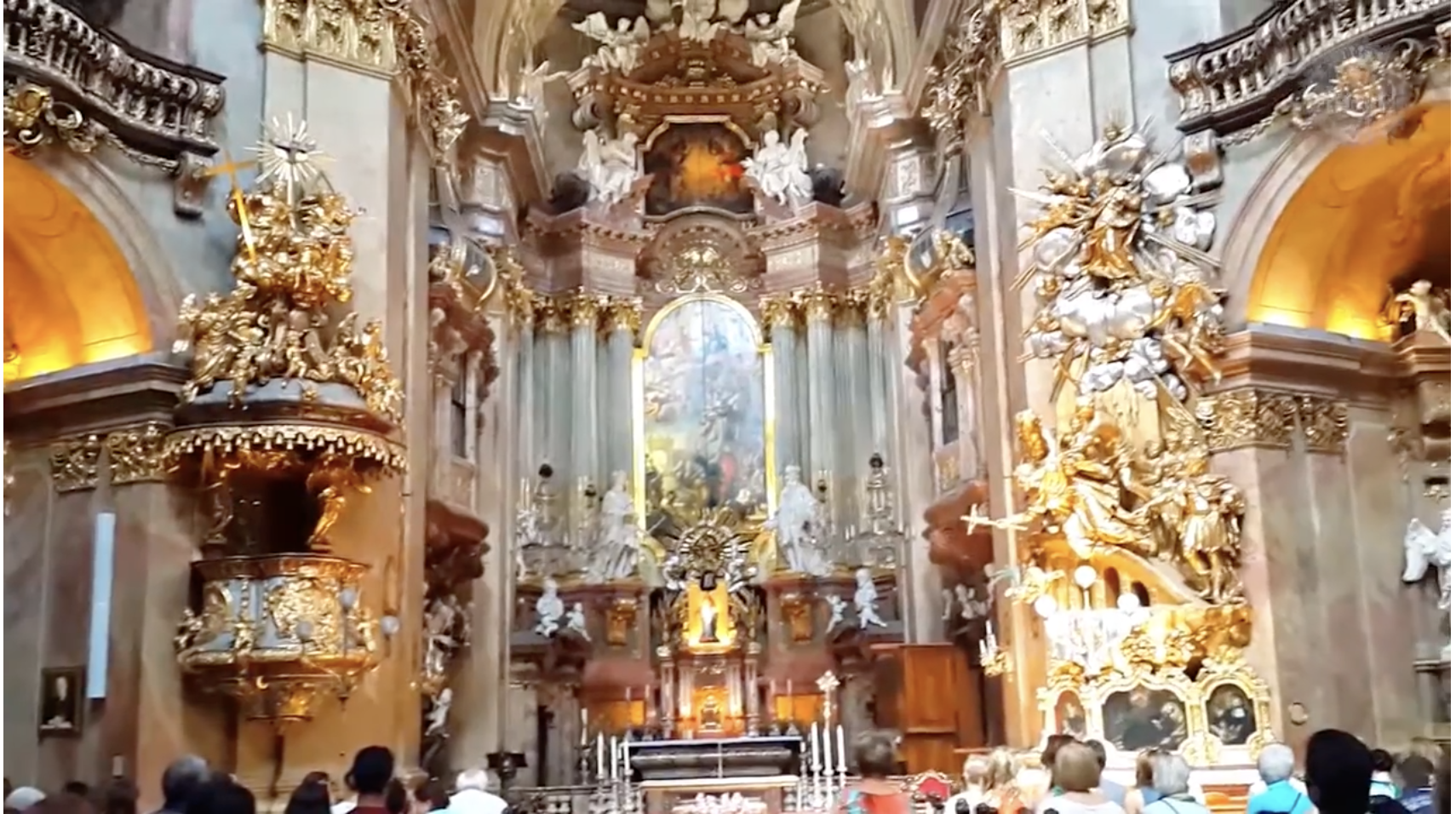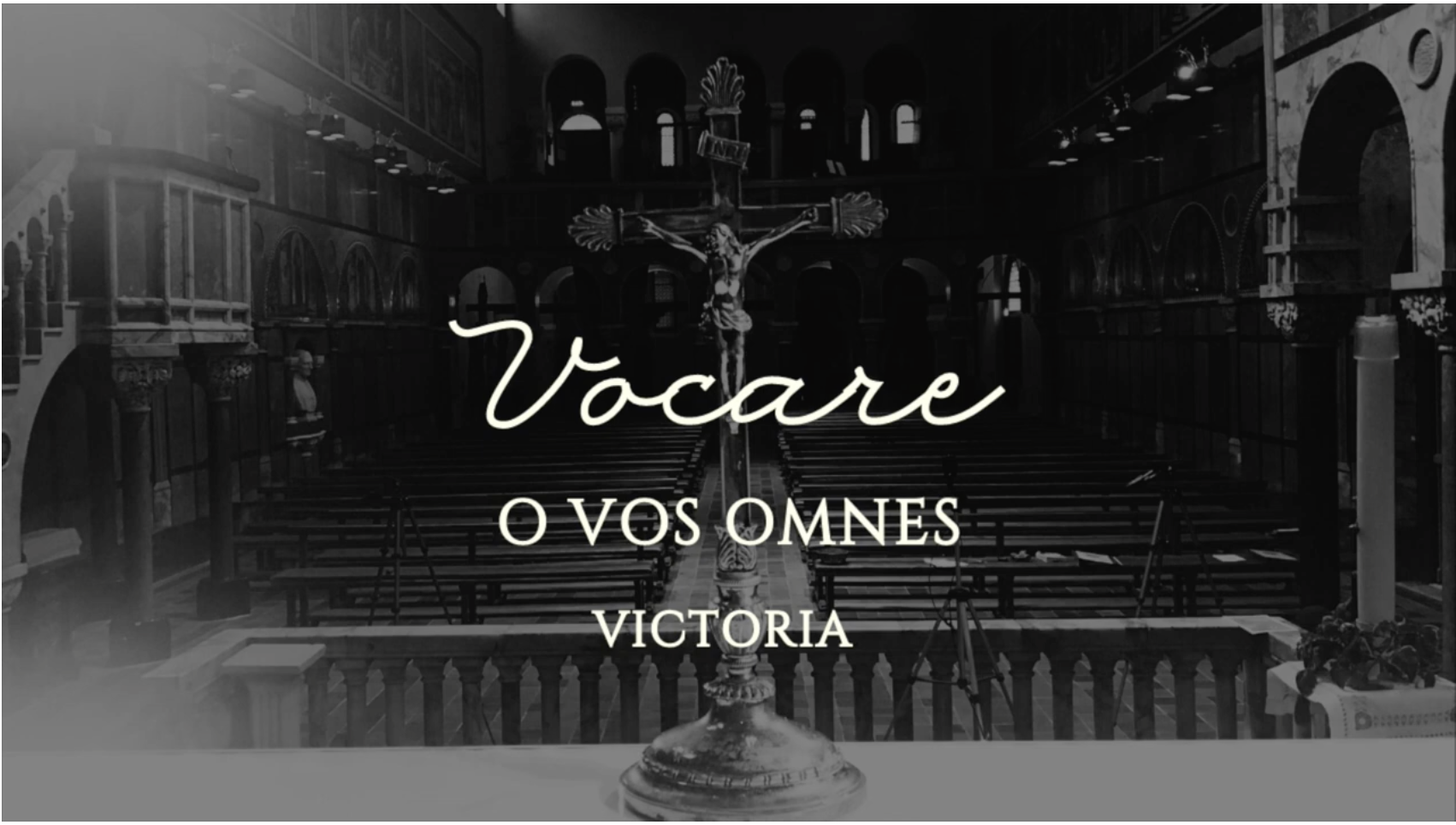In the 12th and 13th centuries, beginning in the north of France, another type of architecture spread in the construction of sacred buildings: the Gothic. This style had two new characteristics as compared to the Romanesque: the vertical thrust and luminosity. Gothic cathedrals showed a synthesis of faith and art expressed harmoniously through the universal and fascinating language of beauty, which still today awakens wonder. Thanks to the introduction of pointed vaults, which were supported by robust pillars, it was possible to notably raise the height [of these churches]. The thrust to the sublime was an invitation to prayer and at the same time was a prayer. The Gothic cathedral thus wished to translate in its architectural lines souls longing for God. Moreover, with the new technical solutions, the perimeter walls could be penetrated and embellished by colorful stained-glass windows. In other words, the windows were transformed into great luminous figures, very adapted to instructing the people in the faith. In them—scene by scene—were narrated the life of a saint, a parable or other biblical events. From the painted windows a cascade of light was shed on the faithful to narrate to them the history of salvation and to involve them in this history.
Another merit of the Gothic cathedrals was the fact that, in their construction and decoration, the Christian and civil community participated in a different but coordinated way; the poor and the powerful, the illiterate and the learned participated, because in this common house all believers were instructed in the faith. Gothic sculpture made of cathedrals a “Bible of stone,” representing the episodes of the Gospel and illustrating the contents of the Liturgical Year, from Christmas to the Lord’s glorification. Spreading ever more in those centuries, moreover, was the perception of the Lord’s humanity, and the sufferings of his Passion were represented in a realistic way: The suffering Christ (Christus patiens) became an image loved by all, and able to inspire piety and repentance for sins. Not lacking were the personages of the Old Testament, whose history became familiar to the faithful in such a way that they frequented the cathedrals as part of the one, common history of salvation. With their faces full of beauty, tenderness, intelligence, Gothic sculpture of the 13th century reveals a happy and serene piety, which is pleased to emanate a heartfelt and filial devotion to the Mother of God, seen at times as a young, smiling and maternal woman, and represented primarily as the sovereign of heaven and earth, powerful and merciful.
The faithful who filled the Gothic cathedrals wanted to find in them artistic expressions that recalled the saints, models of Christian life and intercessors before God. And there was no lack of “lay” manifestations of existence; hence there appeared here and there representations of work in the fields, in the sciences and in the arts. Everything was oriented and offered to God in the place where the liturgy was celebrated. We can understand better the meaning that was attributed to a Gothic cathedral, considering the text of an inscription on the main door of St. Denis in Paris: “Passer-by, you who want to praise the beauty of these doors, do not be dazzled either by the gold or the magnificence, but by the laborious work. Here shines a famous work, but may the heavens allow that this famous work which shines make spirits shine, so that with luminous truths they will walk toward the true light, where Christ is the true door.” — from the Pope’s Sunday Angelus Address on the Feast of the Dedication of the Lateran Basilica (November 9, 2008)















